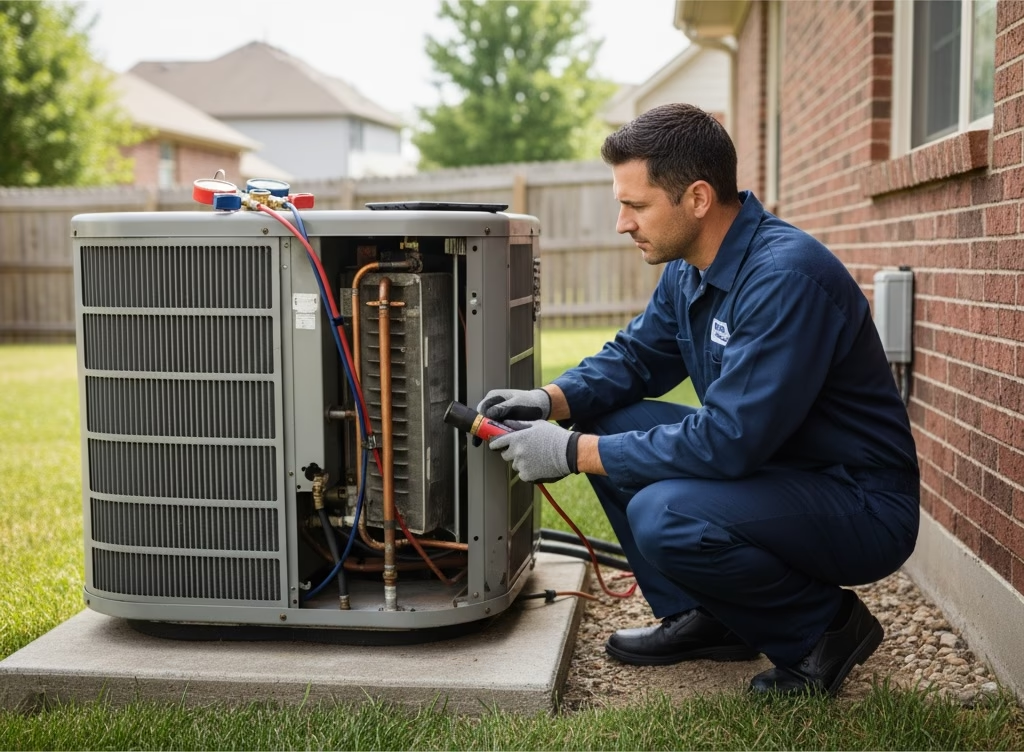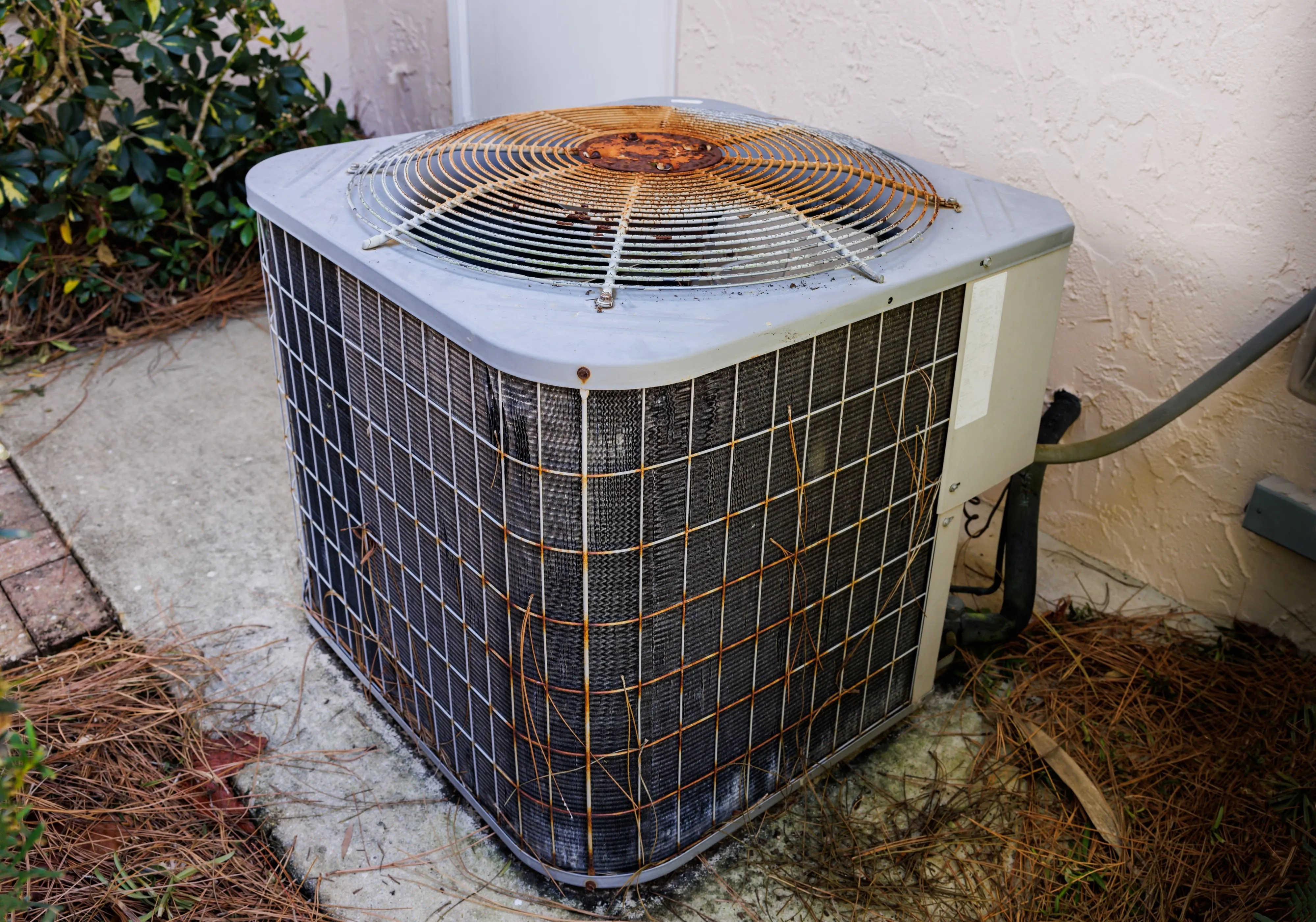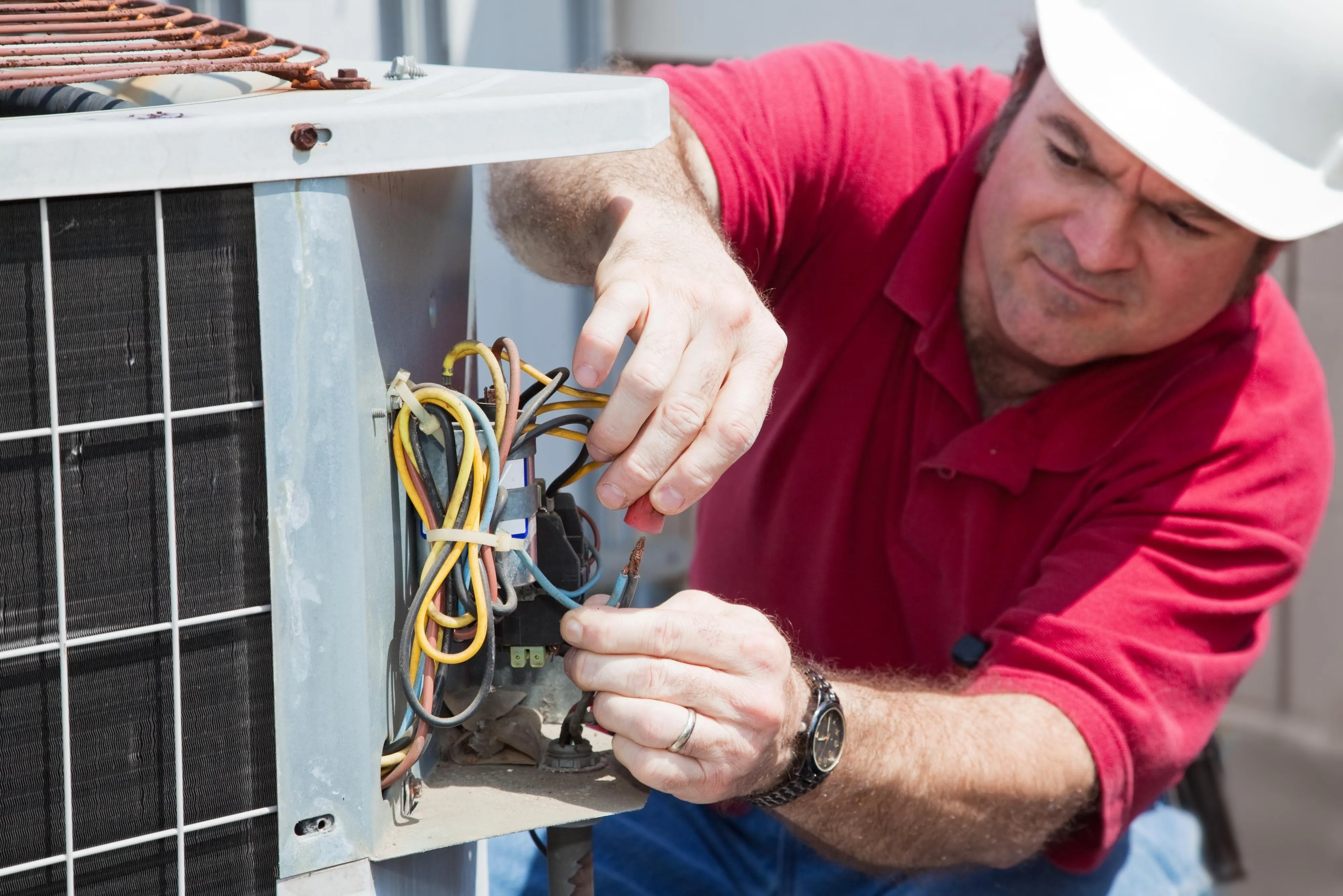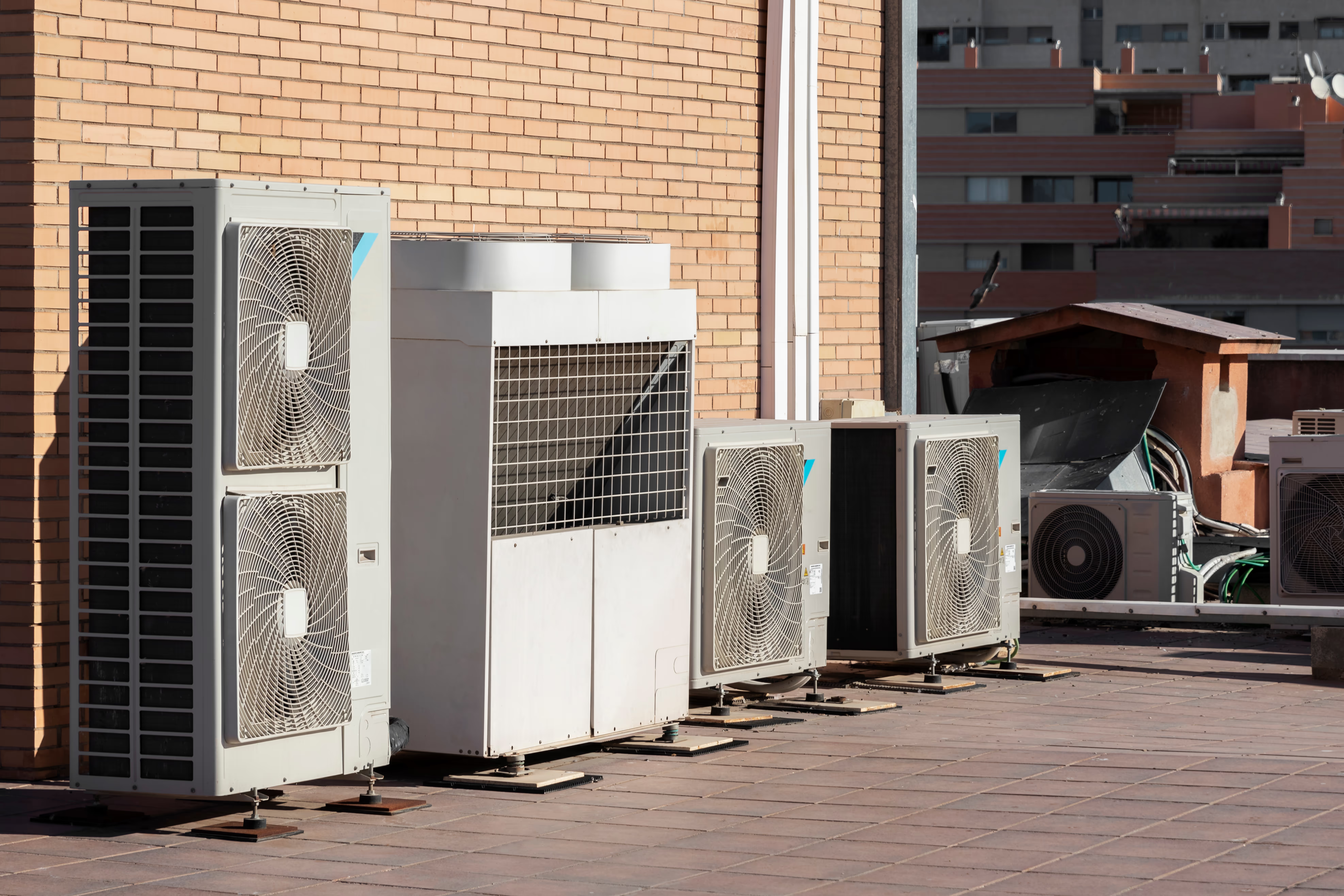· ShiftFlow Editorial Team · Operations · 10 min read
Repair or Replace Dilemma: Service Business Decision Framework
How pros weigh temporary repairs, long‑term fixes, and full replacements, balancing safety, standards, cost, and environmental impact without sales pressure.

On a hot July afternoon, a tech faces a familiar dilemma: a 12‑year‑old system with a failed compressor. Repair: $2,500. Replace: $7,500. The homeowner is on a fixed income, the attic is 120°F, and a storm is rolling in. What is the ethical, technically defensible recommendation?
There is no single formula. Field pros weigh safety and standards alongside money, time, and context. The best decisions respect physics and people in equal measure. Whether you’re managing an HVAC service business or considering starting one, understanding this decision framework is crucial for both customer satisfaction and business success.
Where standards stop and field reality begins
Quality installation and service standards exist, but they rarely speak to temporary fixes. The Air Conditioning Contractors of America (ACCA) publishes load calculation and equipment selection guidance (Manual J and Manual S) and Quality Installation practices. AHRI maintains performance certification and directories. Manufacturers specify approved materials and methods for permanent repairs.
What they do not do is tell you when a low‑risk patch might be acceptable or when a mid‑life system deserves one last major repair. That gray area shows up on real roofs, in crawl spaces, and in client expectations.
Two truths can both be valid:
Permanent brazed repairs, pressure‑tested and evacuated properly, are the gold standard.
With disclosure and sound judgment, a temporary fix can be the right bridge for a customer who needs time to plan a replacement.
Typical lifespan context (so repairs make sense)
The expected life of major components varies. Knowing the ranges helps you frame repair horizons and warranties without guesswork.
Typical HVAC Component Lifespan Ranges

Visible rust and wear on a residential AC unit approaching end of service life
Lifespan alone does not decide the case. Refrigerant type, structural integrity, safety, warranty terms, and the customer’s tolerance for risk all matter.
Beyond the $5,000 rule: the real variables
The age × repair‑cost heuristic is a starting point, not a verdict. Pros add factors the rule of thumb misses:
- Safety and code: never compromise electrical safety, combustion safety, pressure boundary integrity, or ventilation. If a fix cannot be made safe, do not do it.
- Refrigerant: R‑22 systems often become uneconomical due to refrigerant costs and phaseout. R‑410A systems face their own transition to A2L refrigerants. Explain the implications clearly.
- Structural integrity: rusted drain pans, rotted coil plates, or copper with multiple leak points often turn every repair into a new failure. That is the line.
- Efficiency delta: a 10–12 SEER system versus a modern higher‑efficiency unit changes long‑term operating cost. Offer a reasonable estimate in dollars, not just ratings.
- Warranty and recall context: verify serials and part warranties before recommending a path.
- Downtime and access: some “cheap” repairs require multiple attic days for marginal life extension. Account for inconvenience costs.
”Napkin math” customers understand in 60 seconds
Customers do not need perfect forecasts. They need a transparent way to compare options. Use a simple 3‑year horizon and write your assumptions on the work order. For service businesses looking to streamline this process, scheduling and pricing tools can help standardize these calculations across your team.
- Repair cost today: use the quoted price and your actual warranty term (e.g., 12 months on parts/labor for a compressor swap)
- Likely follow‑on repair: if integrity is marginal, add a reasonable contingency (e.g., $600 for a capacitor + contactor + refrigerant top‑off)
- Replacement cost: use your installed price with standard labor warranty
- Energy spend delta: cooling energy is roughly inversely proportional to SEER. If the old unit is ~10–12 SEER and the new one is ~16 SEER, the annual cooling kWh may drop by ~30–40% depending on climate and load. Use the DOE Energy Saver guidance to explain SEER and why the math works in principle, then apply conservative $ figures for this customer’s home.
Example assumptions for a 2.5‑ton system in a warm climate:
- Annual cooling cost (old): $1,000; after replacement at 16 SEER, $700 (assumes ~30% reduction)
- Three‑year energy difference: ~$900
- Repair today: $2,500; contingency in next 18 months: $600
- Replacement quote: $7,500
3‑Year Total Cost Example: Repair vs. Replace
Assumes: $2,500 repair + $600 follow‑on + existing energy; $7,500 replace − $900 energy savings over 3 years. Illustrative only; use local costs.
The goal is not to force an outcome. It is to replace vague adjectives (“old,” “inefficient”) with numbers the customer can react to. Professional service businesses increasingly use digital tools to present these comparisons clearly and consistently.
Regional variations: quick adjustments that change the math
You do not need a new framework; just small nudges based on where you work:
- Coastal salt air: expect accelerated corrosion of coils, fins, and drain pans. Treat Structural integrity one level worse when you see pitting or flaking. Shorten any “temporary” horizon accordingly.
- Hot-humid climates: longer cooling seasons make efficiency gains more valuable. If the old unit is ≤12 SEER and the replacement is ≥16 SEER, treat the Efficiency gap one level worse (i.e., subtract 1 from the score) or increase the energy delta in your napkin math.
- Desert/high‑dust regions: coil fouling drives repeat service. Bake additional maintenance cost into the repair path and confirm filtration/return sizing before promising life extension.
- Cold climates with heat pumps: low‑ambient performance matters. If a replacement offers cold‑climate specs with better COP at 5–17°F, include heating‑season savings in the TCO comparison, not just cooling.
Environmental context you can explain in one minute
Customers increasingly care about environmental impact. You do not need a lecture; just facts you can point to.
Global Warming Potential (100‑yr) of Common Refrigerants

Proper refrigerant recovery equipment reduces environmental impact and complies with EPA regulations
Residential systems under 50 pounds of refrigerant are not subject to EPA leak repair mandates, but Section 608 still prohibits venting and governs who can service systems. Leaks must be handled responsibly, and customers should understand the tradeoffs.
When a temporary fix is ethical

Precise electrical work requires professional expertise to ensure safety and proper operation
Not all “Band‑Aids” are equal. A temporary fix can be ethical when all of the following are true:
- The repair does not create a safety hazard or violate code.
- The pressure and vibration at the repair site are low enough to make failure unlikely in the short term.
- The customer receives clear disclosure in writing: what is being done, why it is temporary, expected lifespan range, and what could fail next.
- You offer at least one permanent option and a replacement path alongside the temporary fix.
- The customer’s situation warrants a bridge solution (budget timing, weather conditions, critical occupant needs).
Examples that often qualify: low‑side patches on accessible accumulators or return bends away from compressor discharge vibration; non‑invasive cleaning to restore airflow when coil removal would likely cause leaks; emergency cooling stopgaps (portable or window units) while the customer plans a full replacement.
When to walk away
There is a bright line where temporary repairs become irresponsible:
- Structural integrity is failing: rotted drain pans, collapsing coil plates, copper with multiple pinholes.
- High‑pressure, high‑vibration zones near the compressor discharge where patches are prone to quick failure.
- Electrical hazards, improper overcurrent protection, missing covers, compromised wiring insulation.
- Combustion safety concerns on gas equipment or venting issues.
When you are at that line, do not offer a patch. Explain why, document the risks, and provide permanent repair or replacement options.
A quick scoring tool for techs (and notes)
Use a 0–2 score in each category and total it:
- Safety (0=unsafe, 1=marginal, 2=safe)
- Structural integrity (0=failing, 1=borderline, 2=sound)
- Refrigerant context (0=obsolete/high‑GWP, 1=mixed, 2=current)
- Warranty status (0=expired, 1=partial, 2=strong)
- Efficiency gap (0=large, 1=moderate, 2=minor)
Interpretation: 0–4 → replacement likely best value; 5–7 → offer both with clear disclosures; 8–10 → durable repair favored.
Overrides (always apply): if Safety=0 or Structural integrity=0, do not offer a repair. Address hazards and provide permanent repair or replacement options only.
Phrasebook and disclosure you can paste into estimates
Recommended language to reduce misunderstandings:
- “We can restore operation today with a temporary repair. Based on age and condition, we expect this to last months, not years. It carries a limited warranty of [X]. We recommend planning replacement within [Y] months.”
- “This is a high‑vibration/high‑pressure location. A patch here is likely to fail early. We do not offer that option for safety and reliability reasons.”
- “Here are three paths so you can choose what fits your situation: (1) temporary restore, (2) durable repair, (3) full replacement with financing.”
Disclosure (acknowledgement) snippet:
I understand that the proposed repair is intended as a temporary restore based on system condition. I have been offered durable repair and replacement options and am choosing this option to address current needs. Warranty terms for this repair are [X].
Three‑option estimate template (drop into your software)
Temporary Restore
- Scope: [brief description]
- Warranty: [e.g., 30–90 days]
- Price: $[ ]
- Notes: Intended as a bridge while planning replacement
Durable Repair
- Scope: [brazed repair/coil replacement/compressor + start components]
- Warranty: [e.g., 1 year parts/labor; parts per manufacturer]
- Price: $[ ]
- Notes: Addresses current failure with standard workmanship
Full Replacement
- Equipment: [model/tonnage/SEER2/HSPF2]
- Warranty: [e.g., 10‑yr parts, 1–2‑yr labor]
- Price: $[ ] / Financing: $[ ] per month
- Notes: Lowest long‑term risk and energy use
A simple decision framework you can share with customers
Use this plain‑English checklist to guide the conversation and your notes:
- Safety first. Can this be made safe today without cutting corners?
- Integrity check. Is the coil/pan/line set structurally sound?
- Context. What refrigerant, age, and warranty status are we dealing with?
- Options. Offer a temporary restore (if safe), a durable repair, and a replacement with financing.
- Disclosure. Get written acknowledgement of what is recommended and what is declined.
- Next failure risk. Note likely next failures and time horizons as ranges, not promises.
Why this approach earns trust (and fewer callbacks)
Contractors who slow down to disclose options, document risks, and provide multi‑path estimates tend to see fewer surprise callbacks and better reviews. It is not just ethics; it is good business. Clear expectations reduce the “you fixed one thing and another broke” frustration that often drives negative reviews. Modern scheduling software helps track these decisions and warranty terms, ensuring nothing falls through the cracks.
The tech from the opening scenario offered three options: a $2,500 compressor with a one‑year warranty, a temporary cooling stopgap for the bedroom, and a replacement with financing. The customer chose the bridge option, saved through the fall, and replaced during the off‑season at a better price. That is an ethical win: informed consent, no pressure, and outcomes aligned with reality.
FAQ
Are leak sealants okay? They are not manufacturer‑approved for most systems and can contaminate recovery equipment. Prefer proper leak locating and brazed repairs. If you decline sealants, explain why and offer alternatives.
Can you recharge a system that is known to leak? EPA Section 608 prohibits knowingly venting refrigerant. Residential units under 50 lb are not subject to mandatory leak repair, but ethically you should locate and address leaks or present a plan with disclosure.
What about A2L refrigerants (R‑32, R‑454B)? Newer equipment uses lower‑GWP refrigerants and different charging/handling requirements. Replacements may require updated tools and training. Explain this simply and provide the safety sheet if asked.
Does cleaning a very old evaporator coil make sense? If integrity is marginal, removal and aggressive cleaning can cause leaks. Offer non‑invasive airflow restoration or replacement when risk is high.
References
- U.S. Department of Energy: Energy Saver, Central Air Conditioning
- U.S. EPA: Section 608 Refrigerant Management
- U.S. EPA: Global Warming Potentials
- ACCA: Quality Installation
- AHRI: Directory of Certified Product Performance
- ENERGY STAR: Central Air Conditioner Benefits
This article is for general information and does not replace local codes, manufacturer instructions, or licensure requirements. Always follow applicable law and safety standards.
Ready to streamline your HVAC service operations? Explore our free tools for service businesses or contact us to learn how ShiftFlow can help you manage customer decisions, track warranties, and grow your business.




